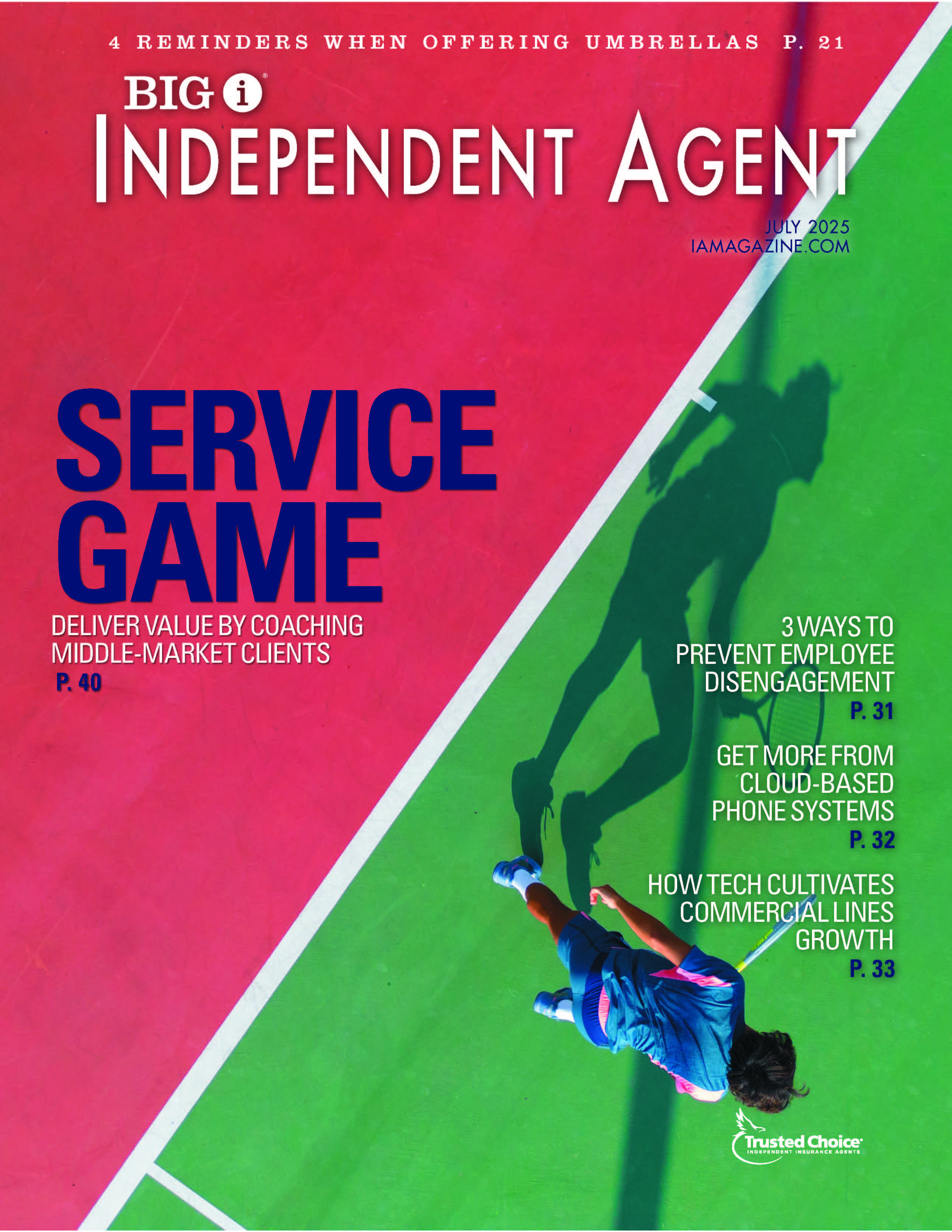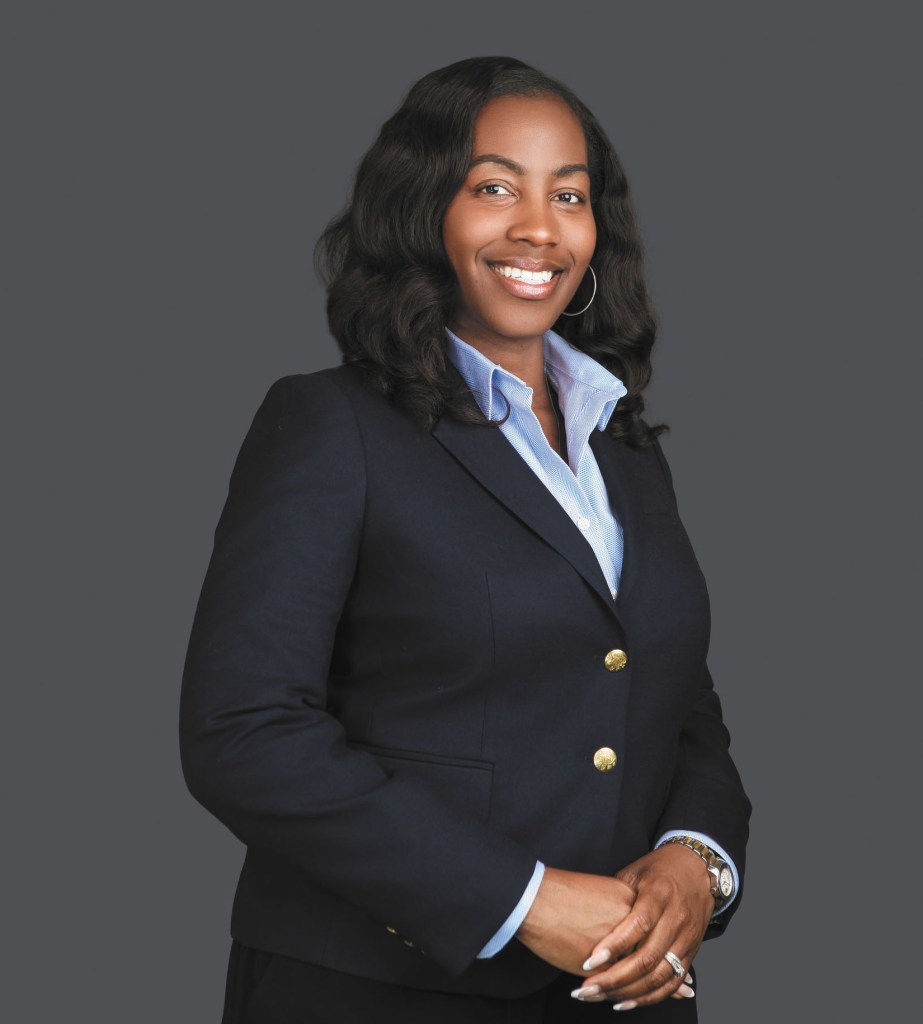In Product Liability, Is ‘the Tail Wagging the Dog’?

By: Jacquelyn Connelly
Between mounting auto losses, traumatic brain injuries, mass shootings and several heavy catastrophe seasons, insurers have had their work cut out for them over the past couple of years.
And in all jurisdictions, regardless of historical norms, nuclear verdicts continue to put pressure on liability insurers in particular: Consider, for example, the Oklahoma ruling earlier this year in which a judge ordered Johnson & Johnson to pay the state $572 million for intentionally downplaying the dangers and overselling the benefits of opioids.
Thanks to all of the above, Donnacha Smyth, president, global excess casualty, AXA XL, is seeing “widespread market displacement” in the umbrella and excess markets—and “the result of that displacement is significant rate increases, in some cases double-digit percentages, combined with capacity restrictions.”
From a big-picture perspective, “we’re experiencing a significant shift from what we saw with a firming marketplace in 2018 to minimally a tougher market for some industries and arguably a hard market for others,” Smyth explains. “And when I say ‘hard,’ I mean insureds can’t buy the same limits they’ve been historically been able to buy because the capacity just isn’t there.”
As you and your clients look ahead to 2020, “we’re seeing these conditions accelerate,” Smyth adds. “We expect that to continue for the foreseeable future.”
How does all of that translate in the product liability insurance space? Compared to lines like commercial auto, directors & officers and some sections of construction, where loss ratios are deteriorating, product liability has actually been “fairly stable,” says Marc Adler, managing director, Burns & Wilcox Brokerage.
“This is a market segment that hasn’t seen the same poor results going on in the broader marketplace,” Adler continues. “Rates are fairly steady and there continues to be significant capacity in this line of business. We have not seen the desire to pull out of this segment or drive huge rate increases, but rather continued steady growth and modest rate increases (for those accounts performing well). However, carriers continue to review coverages being offered to be able to address the changing legal climate.”
Where product liability can also be impacted Adler says is where carriers have been forced to make decisions based on their entire liability books of business underperforming —not product liability specifically. “You will see carriers try to push rates in general as current market conditions continue to change; however, they will maintain flexibility to retain the above average account.”
Especially because product liability is usually written in conjunction with general liability and commercial auto insurance under one policy, “there are other factors external to the pure product exposure that will be impacting pricing and capacity,” Smyth agrees. “Many carriers don’t necessarily differentiate their overall results, so adverse results are going to bleed over to the product liability space.”
As a result, “we’re seeing some carriers retrench and narrow their appetite, and we’re seeing introduction of broad exclusions, such as full-blown opioid exclusion for manufacturers, distributors or retailers,” Smyth observes. “Underwriters are really focusing on where losses are emerging, the supply chain involved in the process, contractual arrangements, the science behind the products and which jurisdictions are behind the frequency of large awards.”
For agents hoping to serve their product liability clients well next year, Smyth emphasizes that the long-tail nature of the line. “It’s not like property where the wind blows and you’ve got a loss,” he points out. “You’re selling a product and your liability sits with that product for potentially years to come, depending on the shelf life of the product.”
In soft market conditions, “we saw a lot of carriers move into the space, and that helped to depress rates and increase capacity,” Smyth explains. “But some of those carriers only stay there two or three years and then they’re gone, and the liability’s still there. And the policy will respond, but it’ll be difficult, it’ll be a more challenging type of negotiation than it would with carriers who have a solid track record.”
At a time when the market is facing pressure from external factors, “at a minimum, agents need to place coverage with carriers that have made a significant commitment to the product liability industry and are confident that they’ll be around to handle a claim that arises several years into the future,” Smyth cautions. “You want to work with a carrier that has a vested interest in the segment.”
Managing the expectations of your clients, too, is key—“explaining as best you can what’s happening in the market,” Smyth advises. “Start the renewal process early. Expect more questions, and expect capacity and coverage restrictions or changes, particularly for challenging industries. Expect challenges with your carriers, and work with your underwriter partners to understand their concerns and address them.”
“I firmly believe the better-prepared clients and agents will get the most favorable terms,” Smyth adds. “Above all, don’t be reactive. Prepare, prepare, prepare and communicate.”
Jacquelyn Connelly is former IA senior editor.










